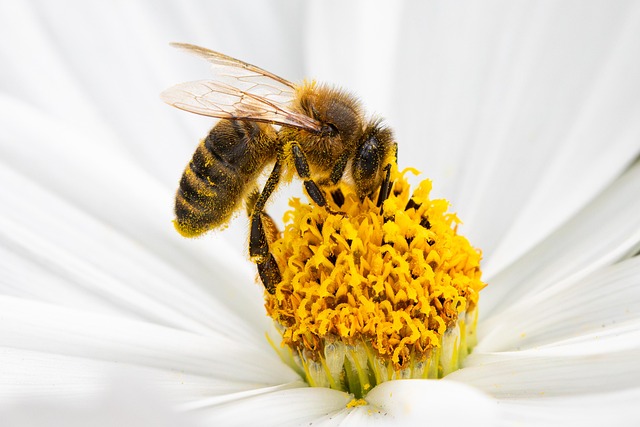As a parent, I know how challenging it can be to keep our little ones safe, especially when it comes to medications that look and taste like candy. My 4-year-old, Max, has a serious sweet tooth, constantly asking for treats, and it’s no wonder he was drawn to the chewable ibuprofen I gave him during a recent bout of an ear infection. It resembles candy, and while it has a bitter taste, it’s sweet enough to catch his attention.
You would think that after witnessing his fascination with medication, I would have taken the necessary precautions to secure it. However, I mistakenly assumed that our medicine cabinet’s child-proof caps were sufficient protection. I never imagined he’d figure out a way to get to them. Unfortunately, I learned the hard way just how naive I was.
Max ended up having an allergic reaction to the antibiotic prescribed for his ear infection, necessitating Benadryl every few hours to alleviate the hives that covered his skin. He was thrilled about the chewable Benadryl, which looked like candy to him. Then one morning, he woke up early, climbed onto the bathroom counter, and helped himself to one of those little purple pills that were carelessly left unsecured. Thankfully, he only took one (at least, that’s what he claimed), but it was a wake-up call for me.
This incident prompted me to do some research, and to my dismay, I discovered that I was not alone in this experience. In fact, the CDC reports that unintentional ingestion of household medications is the leading cause of emergency room visits for children under 5. Alarmingly, around 53,000 children are treated annually for unsupervised medication consumption. Clearly, even the most vigilant parents might benefit from a refresher on medication safety. Here are four essential tips to consider:
1. Never Leave Your Children Alone with Medications
It may seem obvious, but it’s easy to become distracted. Whether you’re taking a quick phone call or just stepping away for a moment, never leave medications within reach. A curious toddler can access them in the blink of an eye.
2. Store Medications Immediately After Use
Once you’re finished with your medication, securely close the bottle and put it away without delay. Leaving it out, even for a few minutes, can be dangerous. Store all medications in a locked cabinet that’s out of reach of young hands.
3. Choose Child-Proof Packaging
Not all medications come with child-proof features. Items like chewable tablets and certain ointments can be easily accessed by little fingers. Always check that the medications you buy have child-resistant packaging, and consider additional safety measures.
4. Assess Your Storage Solutions
Get down to your child’s level and visualize all the possible ways they might access your medicine cabinet. Even high shelves may not be off-limits for determined little climbers. For maximum safety, consider relocating all medications to a cabinet secured by a lock, even if it means placing them out of your own reach.
Of course, accidents can happen despite our best efforts. Always keep the poison control number handy and do not hesitate to seek emergency assistance if you suspect your child has ingested something harmful.
For further insights on home safety and parenting, check out this article on Modern Family Blog, which provides valuable resources. Additionally, this link offers excellent information regarding pregnancy and home insemination.
In summary, being proactive about medication safety can significantly reduce the risk of accidents in your home. By following these strategies, you can create a safer environment for your children.
